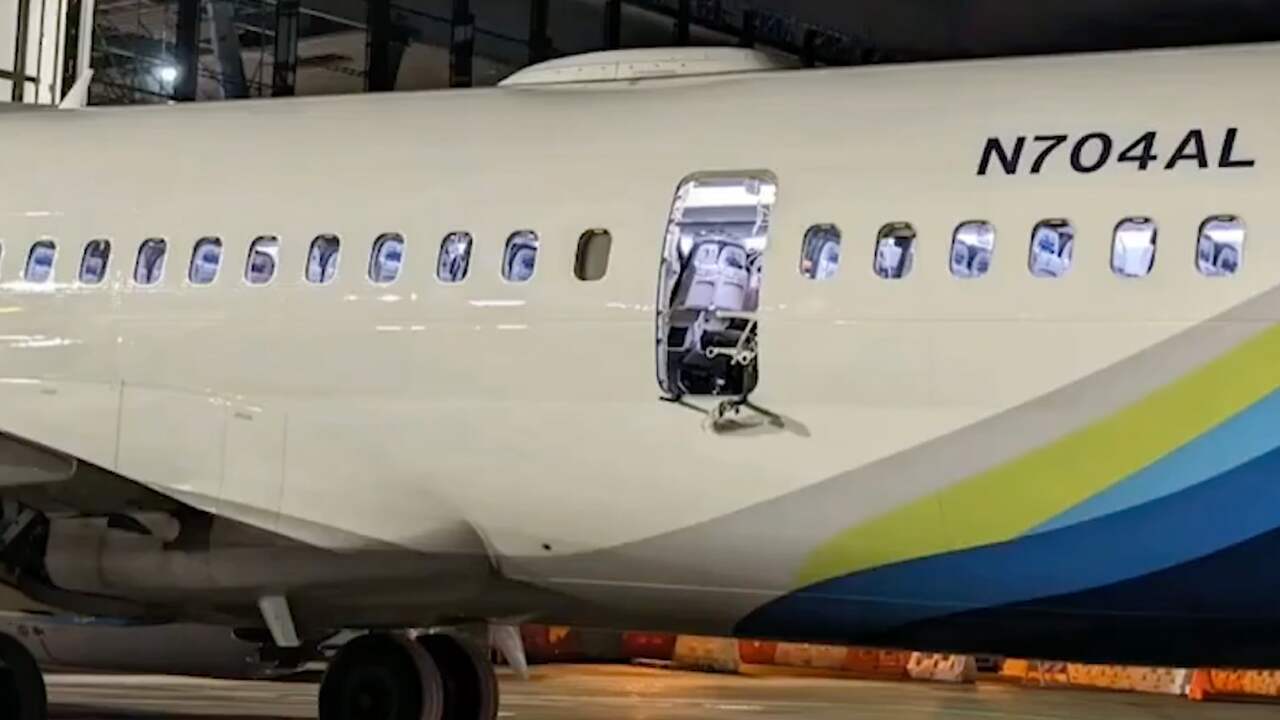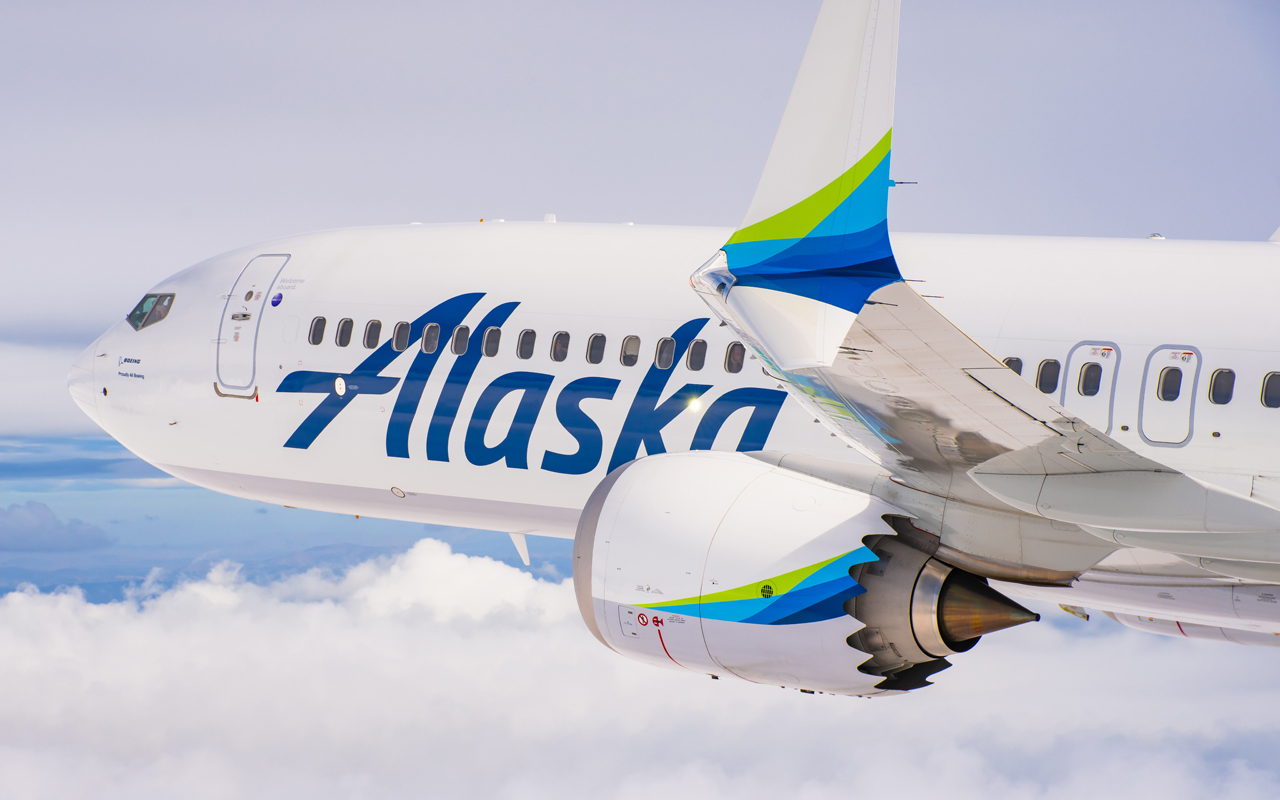Ananda
The Bunker Group
Found this video shown how the passengers basically stay discipline and not panic even the smoke begin to enter the cabin. Next part of video shown seems the last occupants slide down the emergency flotable chute in also discipline manner and not bringin their cabin baggage.
All done in less then 2 minutes (some say 90 second), but more or less in that time period. Shown how cooperate passagers listening to well treined crew is matter. We can see in the last part of video, the fires has not got into the cabin. Which shows how all passanger evacuate in that very short window. This is really text book evacuation that clearly can happen on keeping discipline environment.







